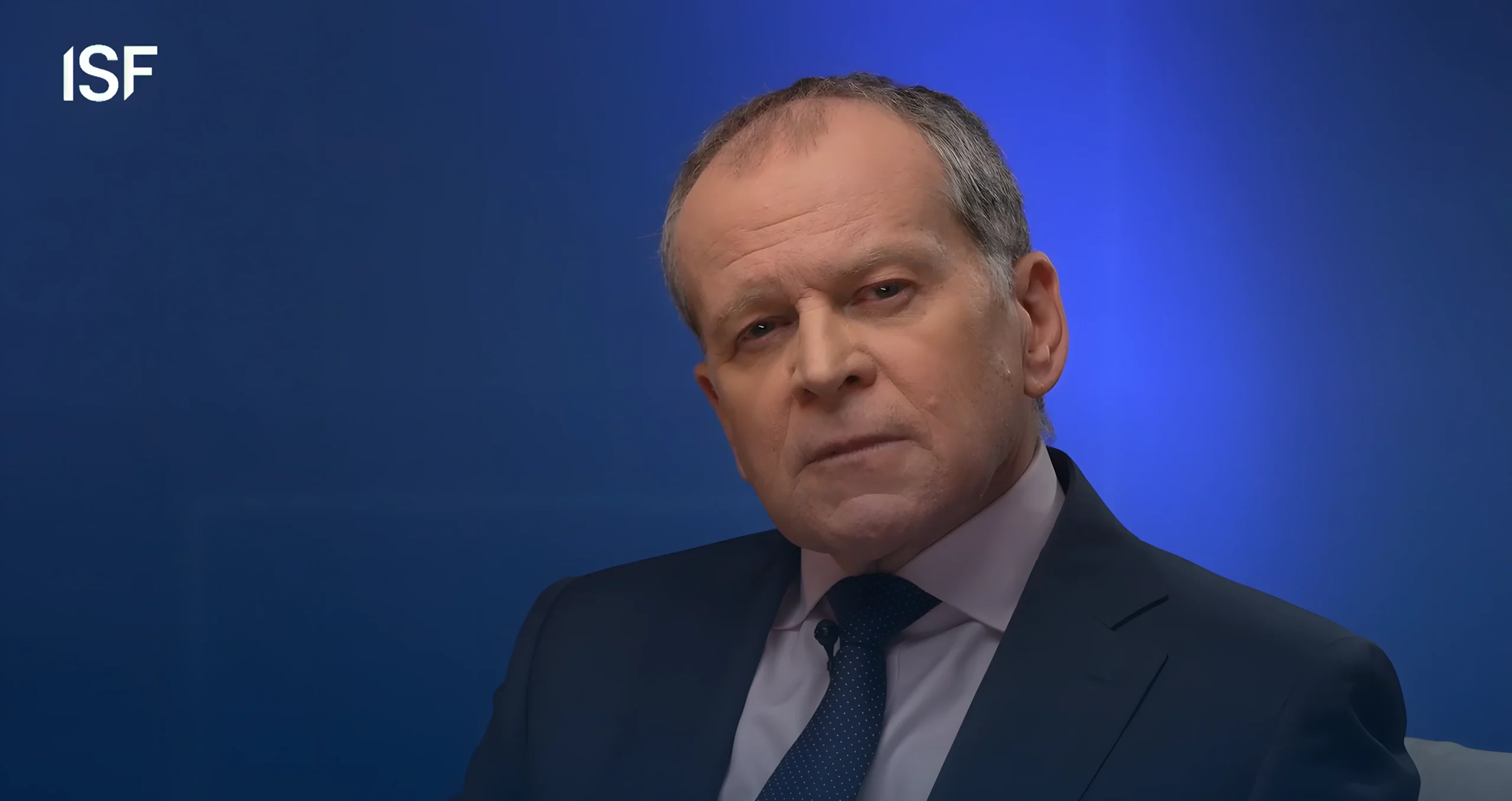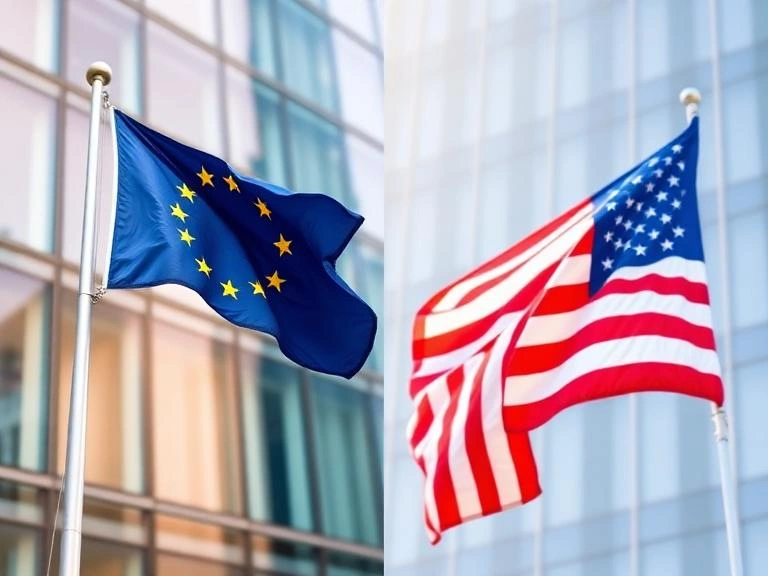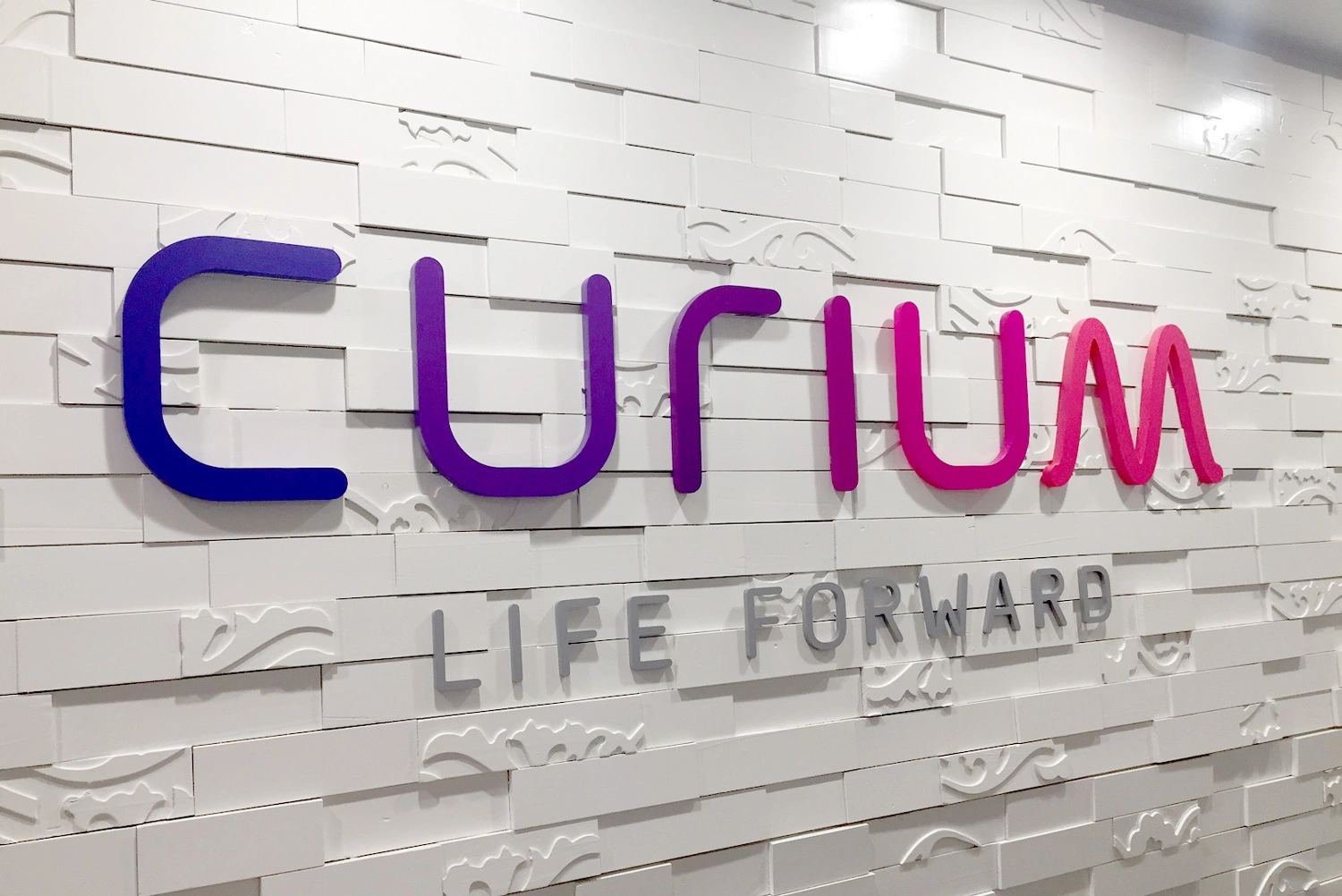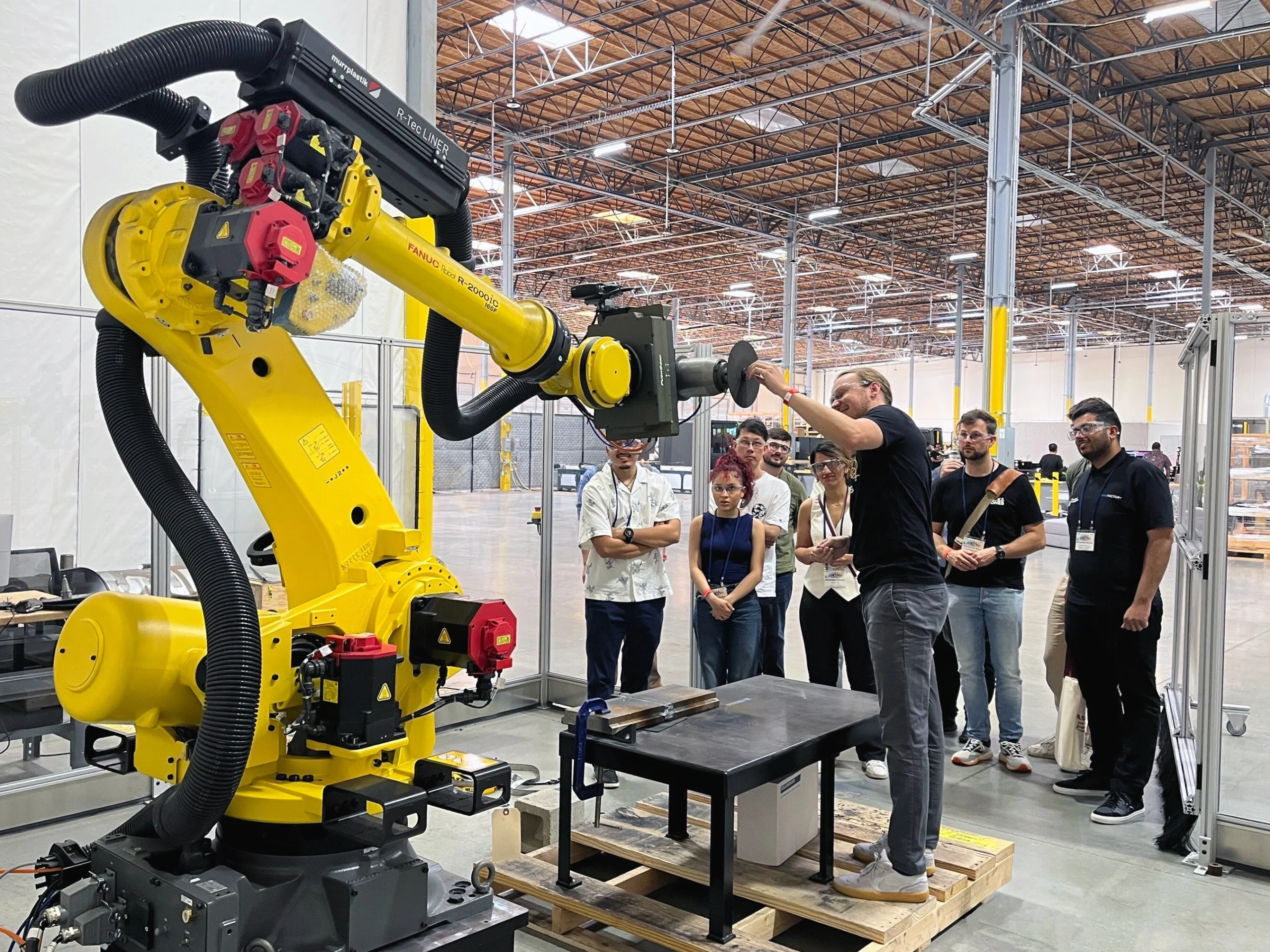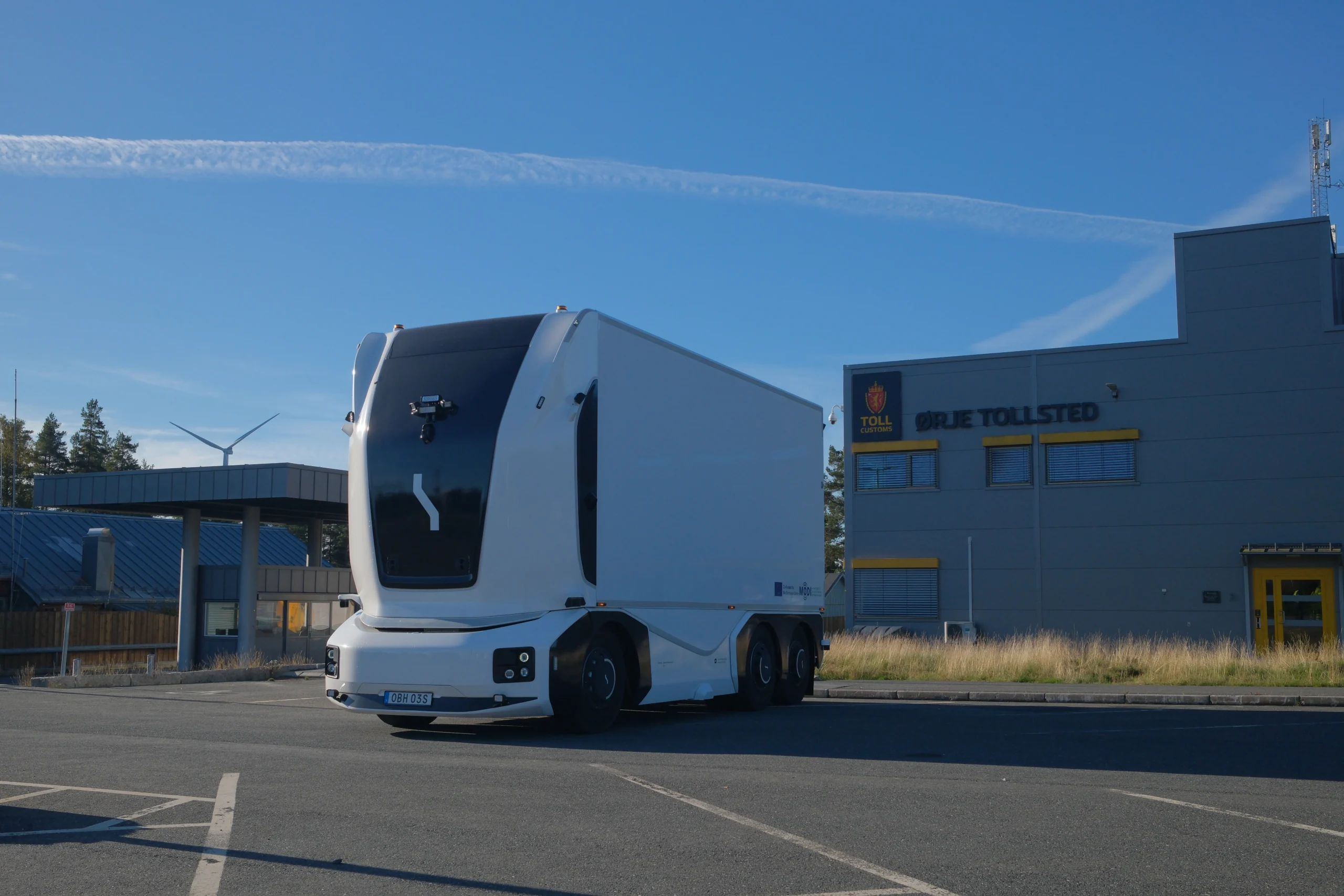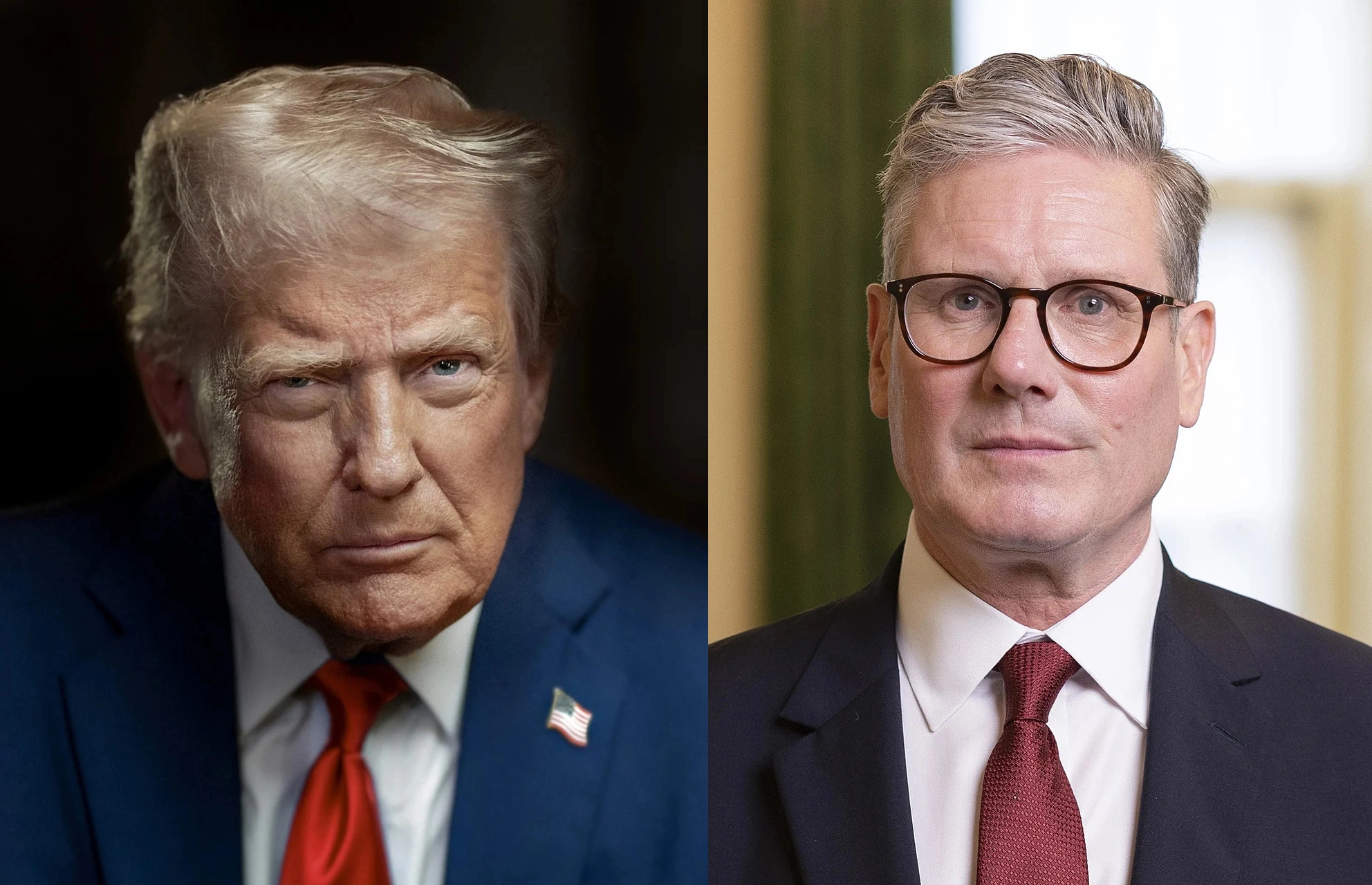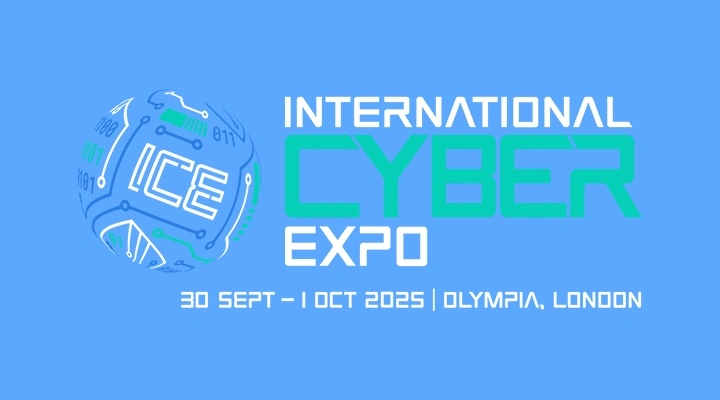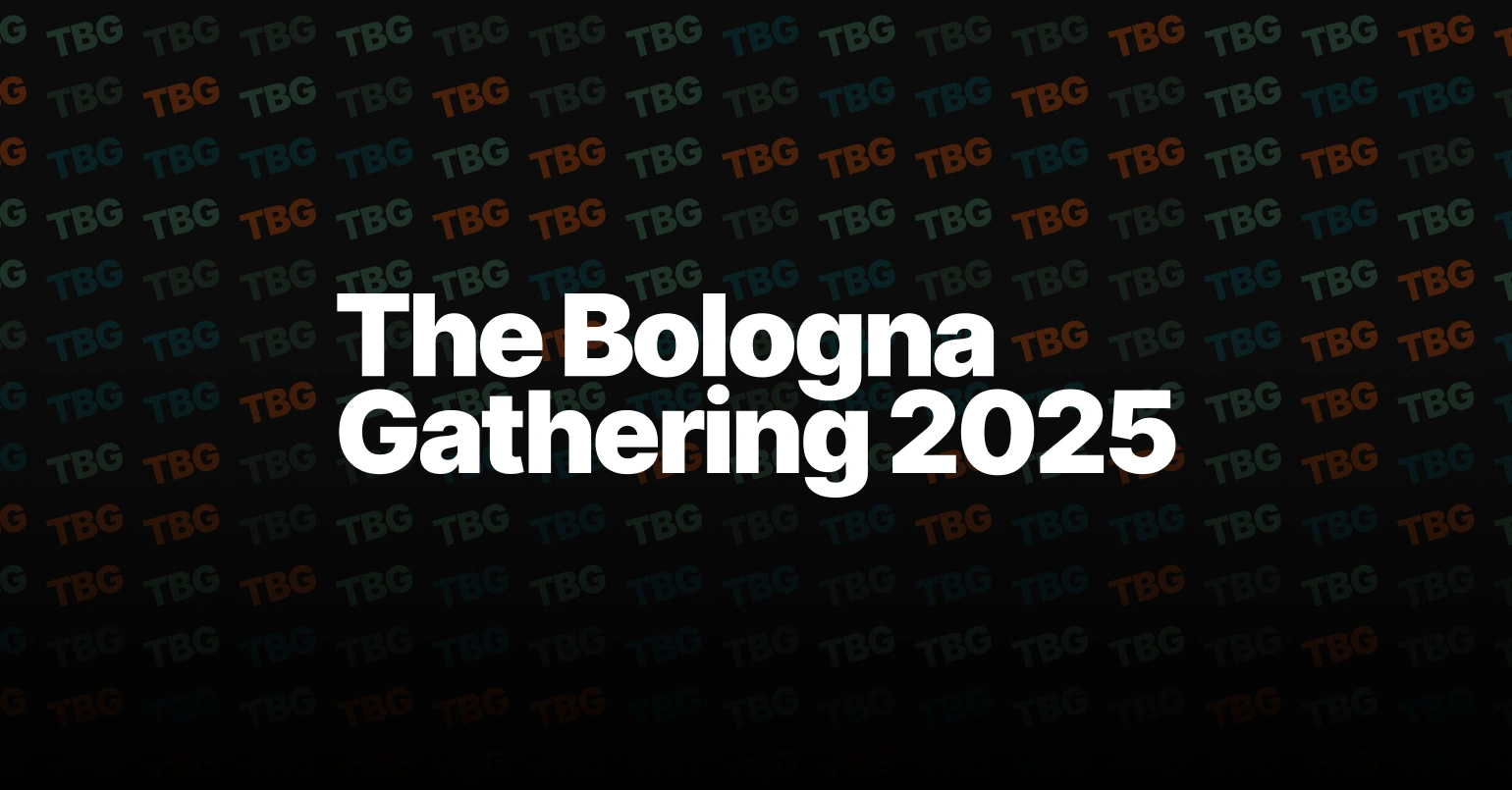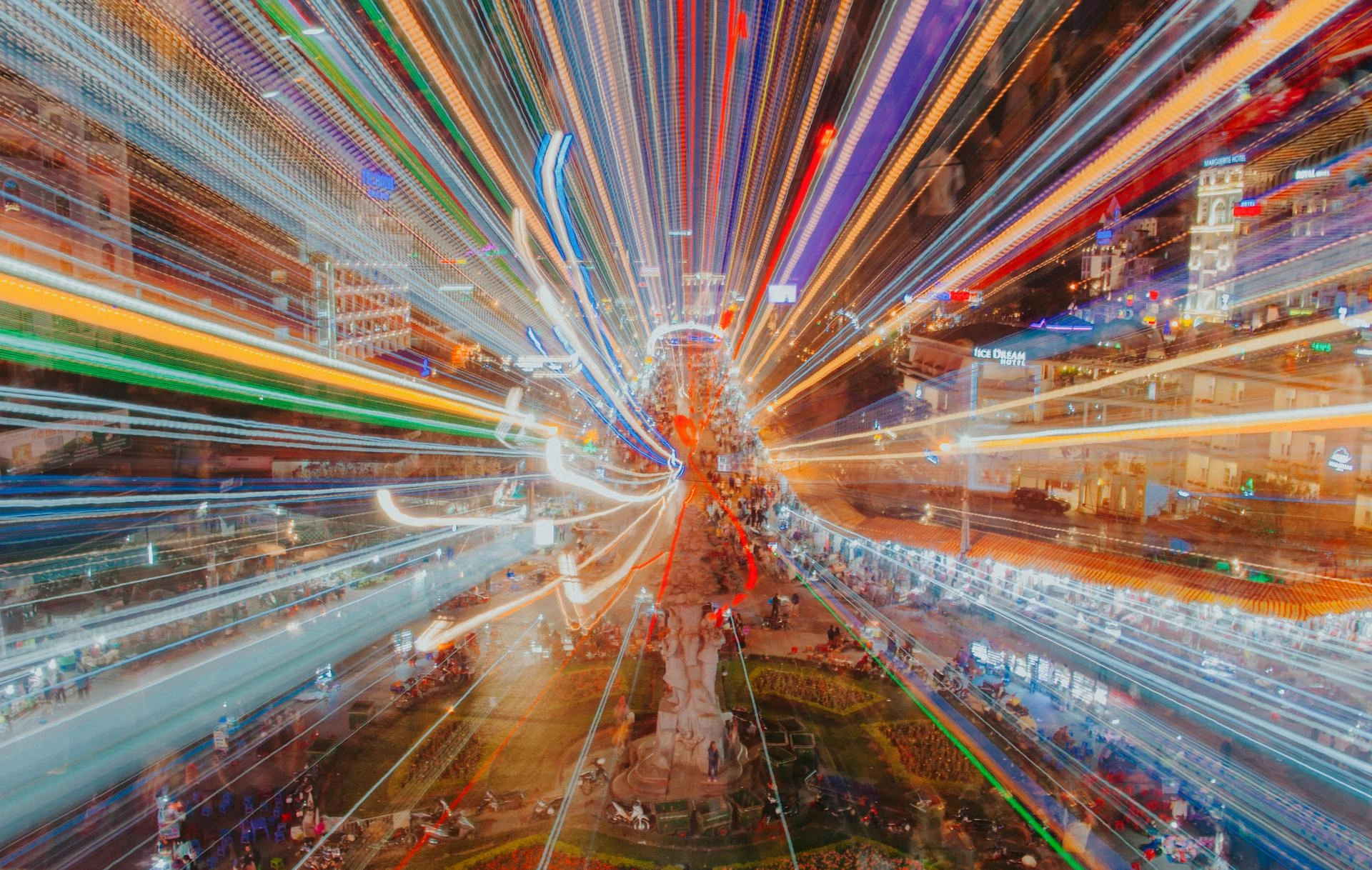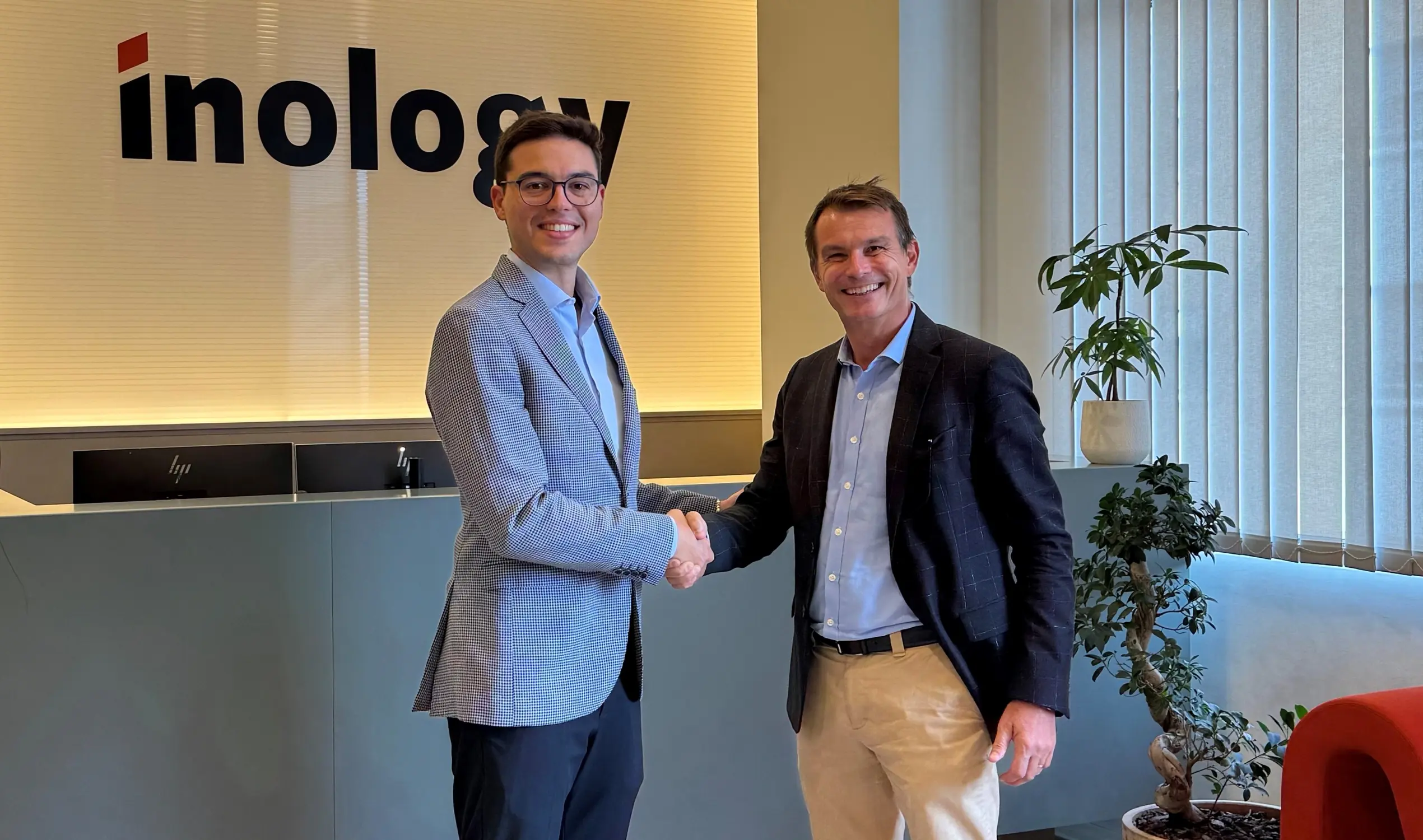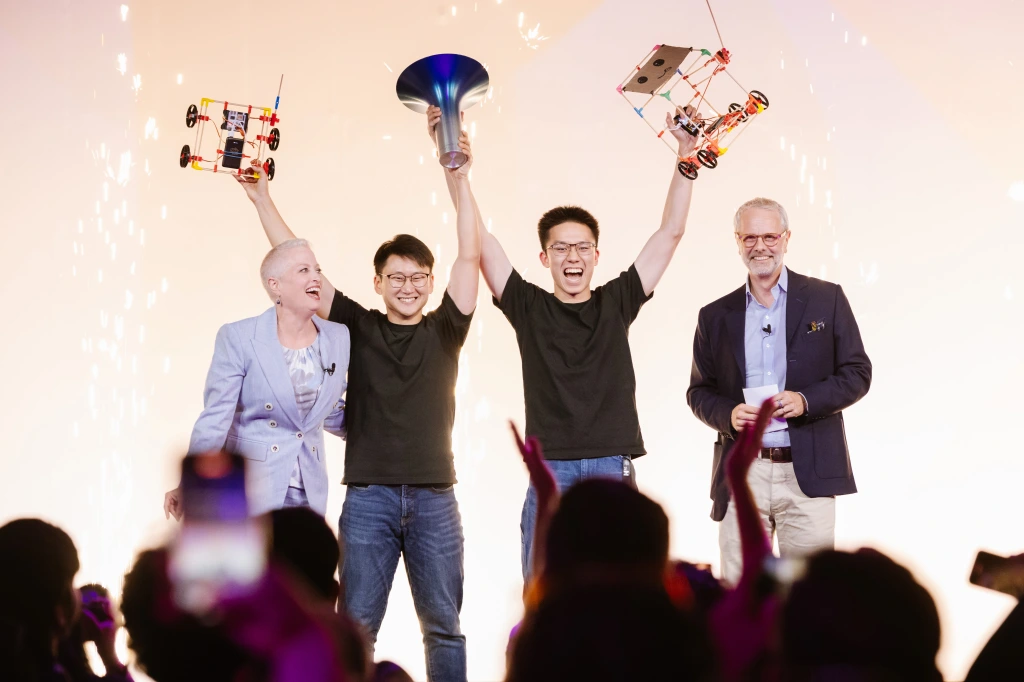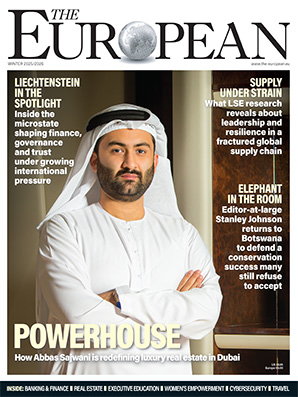All About the User Experience

John E. Kaye
- Published
- Home, Technology

Many conventional advertising methods are quickly losing their lustre as technological innovations, such as virtual reality and augmented reality, prepare to hit the mainstream and allow chief marketing officers (CMOs) to utilise exciting new mediums and enhance user experience. Not only are these solutions on course to change the role of CMOs but they are also delivering truly immersive experiences and engaging with consumers in ways never before thought possible.
“In the past 12 months we have seen several instances of CMOs taking spend in its entirety from above the line and redistributing it into experiential for certain product launches – cementing the fact that this discipline is fast becoming the authentic marketing of choice for many leading brands,” says Michael Wyrley-Birch, Chief Operating O cer EMEA of experiential marketing agency TRO.
It’s not just retailers who can bene t from virtual reality and other immersive and experimental marketing technologies, but companies in industries as diverse as construction, travel and banking can take advantage of these innovative marketing mediums and increse user experience. Immersive brand experiences are not a new phenomenon, with a number of US convenience stores being transformed into Kwik-e-Mart lookalikes to promote e Simpsons Movie as far back as 2007, but the combination of digital and physical is helping kick-start the next phase of experiential marketing.
Fashion brand Vans created an in-store augmented reality experience following the launch of its MTE winter apparel collection. TRO worked with Vans on the campaign, which introduced consumers to a higher-priced clothing line tailored for rough terrain and winter environments.
Visitors to Vans shops in ve countries could interact with “trigger stickers” found all over the stores and could access augmented reality imaging through a phone app, themed around the clothing line.
Vans appealed to their tech-savvy and predominately young 18 to 34 customer base, by allowing them to creatively engage with the brand and explore the new collection at their own pace. This type of marketing activity can only be expected to grow in importance, especially among younger consumers. A recent survey by Eventbrite found that 78% of millennials would rather spend money on an experience than a possession, although using innovative technologies in a rudimentary way or as a novelty can’t be expected to work in the long-term.
“It’s important to not use technology for technology’s sake – keeping it authentic, relevant and easy to engage with is an imperative part of any solution we recommend to our clients. Our ultimate objective is to get more people engaging with our experiences and it is exciting to see how creative technologies are helping us to achieve this,” adds Wyrley-Birch.
Wyrley-Birch’s experiential marketing agency, TRO, have worked with businesses
in a range of industries to increase user experience, from launching a multi-million nationwide sampling campaign for Lucozade and delivering major brand experiences for BMW at the BMW PGA Championship and Nissan at the UEFA Champions League Final, showing there are few limits to the types of rms interested in immersive marketing campaigns.
Growing acceptance
Internet browser extensions like AdBlock allow users to remove virtually all digital ads and modern cable boxes give viewers the ability to skip through TV adverts easily, with younger generations most likely to use these tools. Marketers and businesses have therefore quickly discovered the importance of delivering interactive experiences that go beyond traditional content, but Damian Ferrar, Executive Creative Director at brand experience agency Jack Morton Worldwide, believes the real challenge for brands is to keep up with rising consumer expectations and to go beyond simply meeting standard expectations.
“Brands which only meet expectations will become irrelevant. If they shape expectations, however, they become game- changers and can transform the market and their respective businesses. To truly become game-changers, we have to be fully in tune with everyone who could be important to the brand,” says Ferrar. “So, whilst customer-centricity is in most cases a key focus for brands, we have to broaden our perspectives to include the past, present, and future customers and employees of a brand to de ne successful brand experiences.”
Providing thrilling immersive events and environments can create immediate engagement with consumers and enhance user experience, yet tools that are able to prove the exact return on investment are not yet available. Online tracking solutions are able to accurately calculate the value of digital adverts, but for burgeoning virtual reality, augmented reality and other immersive technologies, it will be years before this level of sophistication is reached.
However, it is simply a matter of time before immersive marketing truly revolutionises advertising, according to Stuart Bradbury, Managing Director at marketing agency Avantgarde UK. Bradbury explains that, thanks to advances in technology, the connection between brand experience and subsequent purchase behaviour is now much more clear to see.
“So the method now unites brand and commercial objectives. As well as being a living billboard and a content generator, brand experiences are now recognised as a crucial part of the sales process,” says Bradbury. Immersive marketing rms are now using both traditional and innovative measurement methods to more accurately assess the impact of experiences. For example, surveying guests who attend immersive events to gauge their interest in the experience is happening alongside the use of mobile-based apps which guests can use to access di erent aspects of the event.
Both smaller brands and established multinationals can take advantage of the bene ts o ered by immersive marketing, without blowing their entire marketing budget. “Pop-Up activations a ord a retail style presence for brands with no retail footprint and are now becoming the central focus for a lot of marketing campaigns supported by PR, social and traditional media. In short, they can deliver a huge return on investment,” adds Bradbury.
Stay on target
Brands are no doubt excited by the viral nature of many experimental experiences, with events pushing the bounds of creativity both dazzling attendants and massively boosting engagement numbers in addition to enhancing user experience. However, unrestrained experimental ideas can sometimes cross the line and generate headlines for all the wrong reasons.
In an attempt to promote the movie Mission Impossible III, lm studio Paramount Pictures placed 4,500 audio devices in LA Times newspaper racks, set to play the Mission Impossible theme tune when opened. Unfortunately for Paramount, a number of these devices were thought to be bombs and in one case a bomb squad was called to detonate a device.
This is is just one example of dozens of well- intentioned immersive and experimental marketing initiatives that signi cantly back red and caused major damage to brands, with Cadbury, IBM, Smirno and Puma all having fallen victim to inappropriate experimental campaigns.
The experimental and cutting-edge nature of these campaigns make them more likely to strike the wrong note with consumers, with a far higher level of scrutiny needed for these programmes in order to successfully enhance user experience. In the past, these concerns may have given businesses pause, but as long as brands consider the potential implications of experimental marketing and plan accordingly, the risks are similar to traditional advertising options.
Industry future
The current uses of immersive marketing technologies may be intriguing to a wide consumer base, but the next stage of immersive marketing can be expected to go a step further. “As the production costs of using virtual and augmented reality technology in experiential marketing falls, we can expect to see both technologies used in ever more imaginative ways. We can also expect to see the fusion of immersive theatre and reality technology for brand activations where dwell time permits a truly immersive experience – sometimes lasting several hours,” says Bradbury.
Immersive and experimental experiences are far more engaging than TV adverts or other digital solutions with this form of storytelling having the power to convert everyday consumers to strong brand advocates who can organically create a priceless buzz around a campaign. Users are far more likely to post on social media platforms, namely Instagram, Facebook and Twitter, when interacting with experimental experiences, as opposed to traditional TV adverts or digital ads.
While high-tech solutions will be vital to the widespread adoption of immersive marketing, companies should rst and foremost concentrate on creating something that will appeal to their customer base. Brands are no longer static and faceless, but rather a dynamic business asset with the power to enhance customer experiences and establish meaningful relationships with consumers, aided by experiential and immersive marketing mediums.
Carlsberg’s low-tech “Probably the best poster in the world” campaign, where a billboard e ectively utilised their long- standing “Probably the best beer in the world” tagline and used traditional billboard advertising with experimental marketing is a prime example of how experimental marketing can augment conventional advertising tools. A beer tap was placed in
the centre of the poster in London’s Brick Lane, easily accessible to passersby, with word quickly spreading online and a long line forming offline.
Wyrley-Birch of TRO concludes: “Ultimately experiential marketing is all about keeping it real for a brand. In a world where o ine is arguably the new luxury, sometimes the simplest engagements are the ones that can create the most authentic and memorable connections between brands and their consumers. It is about creating the right experience at the right time and place for the right people.
Sign up to The European Newsletter
RECENT ARTICLES
-
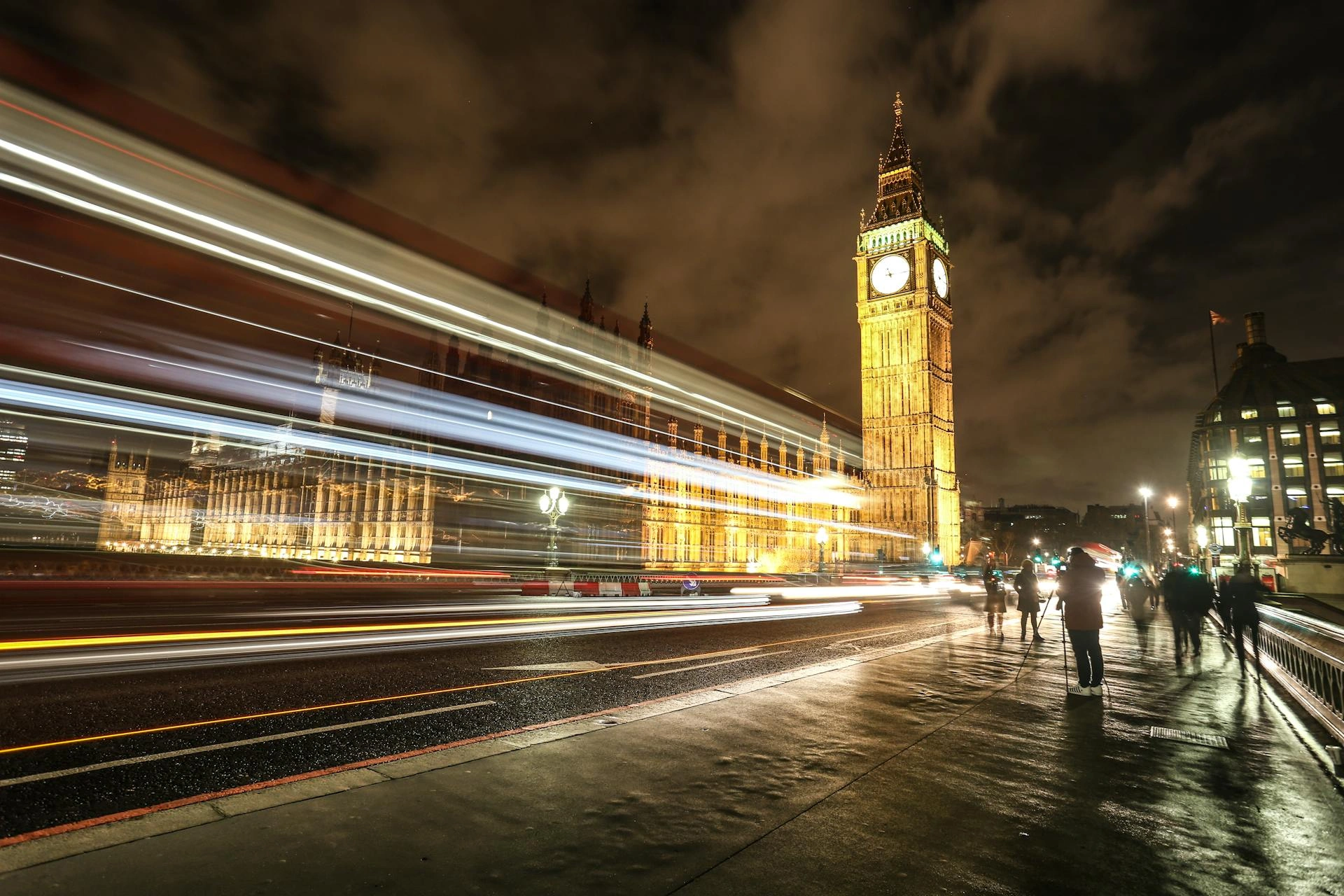 Parliament invites cyber experts to give evidence on new UK cyber security bill
Parliament invites cyber experts to give evidence on new UK cyber security bill -
 ISF warns geopolitics will be the defining cybersecurity risk of 2026
ISF warns geopolitics will be the defining cybersecurity risk of 2026 -
 AI boom triggers new wave of data-centre investment across Europe
AI boom triggers new wave of data-centre investment across Europe -
 Make boards legally liable for cyber attacks, security chief warns
Make boards legally liable for cyber attacks, security chief warns -
 AI innovation linked to a shrinking share of income for European workers
AI innovation linked to a shrinking share of income for European workers -
 Europe emphasises AI governance as North America moves faster towards autonomy, Digitate research shows
Europe emphasises AI governance as North America moves faster towards autonomy, Digitate research shows -
 Surgeons just changed medicine forever using hotel internet connection
Surgeons just changed medicine forever using hotel internet connection -
 Curium’s expansion into transformative therapy offers fresh hope against cancer
Curium’s expansion into transformative therapy offers fresh hope against cancer -
 What to consider before going all in on AI-driven email security
What to consider before going all in on AI-driven email security -
 GrayMatter Robotics opens 100,000-sq-ft AI robotics innovation centre in California
GrayMatter Robotics opens 100,000-sq-ft AI robotics innovation centre in California -
 The silent deal-killer: why cyber due diligence is non-negotiable in M&As
The silent deal-killer: why cyber due diligence is non-negotiable in M&As -
 South African students develop tech concept to tackle hunger using AI and blockchain
South African students develop tech concept to tackle hunger using AI and blockchain -
 Automation breakthrough reduces ambulance delays and saves NHS £800,000 a year
Automation breakthrough reduces ambulance delays and saves NHS £800,000 a year -
 ISF warns of a ‘corporate model’ of cybercrime as criminals outpace business defences
ISF warns of a ‘corporate model’ of cybercrime as criminals outpace business defences -
 New AI breakthrough promises to end ‘drift’ that costs the world trillions
New AI breakthrough promises to end ‘drift’ that costs the world trillions -
 Watch: driverless electric lorry makes history with world’s first border crossing
Watch: driverless electric lorry makes history with world’s first border crossing -
 UK and U.S unveil landmark tech pact with £250bn investment surge
UK and U.S unveil landmark tech pact with £250bn investment surge -
 International Cyber Expo to return to London with global focus on digital security
International Cyber Expo to return to London with global focus on digital security -
 Cybersecurity talent crunch drives double-digit pay rises as UK firms count cost of breaches
Cybersecurity talent crunch drives double-digit pay rises as UK firms count cost of breaches -
 Investors with €39bn AUM gather in Bologna to back Italy’s next tech leaders
Investors with €39bn AUM gather in Bologna to back Italy’s next tech leaders -
 Axians and Nokia expand partnership to strengthen communications infrastructure across EMEA
Axians and Nokia expand partnership to strengthen communications infrastructure across EMEA -
 Forterro buys Spain’s Inology to expand southern Europe footprint
Forterro buys Spain’s Inology to expand southern Europe footprint -
 Singapore student start-up wins $1m Hult Prize for education platform
Singapore student start-up wins $1m Hult Prize for education platform -
 UK businesses increase AI investment despite economic uncertainty, Barclays index finds
UK businesses increase AI investment despite economic uncertainty, Barclays index finds -
 Speed-driven email security: effective tactics for phishing mitigation
Speed-driven email security: effective tactics for phishing mitigation



